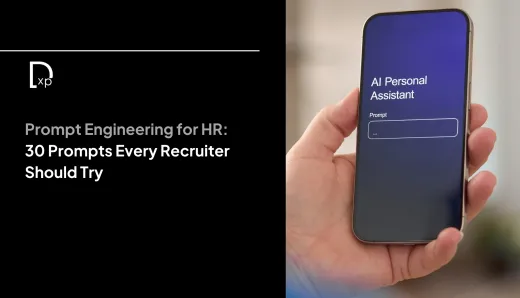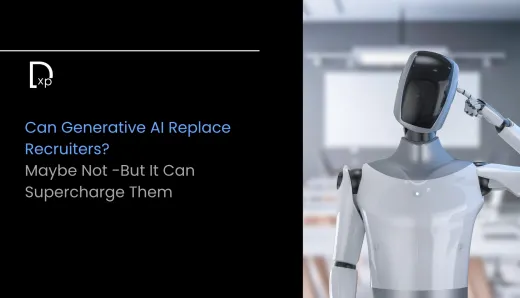AI in the Courtroom: Should Machines Help Judge?

The courtroom is one of the few places where decisions carry the weight of justice, liberty, and sometimes life itself. It is where facts are examined, arguments tested, and human judgment applied. But even here, artificial intelligence is knocking at the door. From predicting case outcomes to assessing risks in bail decisions, AI is already influencing judicial systems around the world. This isn’t science fiction. It’s a growing reality. And it raises a deeply uncomfortable question: Should machines help judge?
The Rise of AI in Legal Systems
AI in the legal world doesn’t wear a robe or wield a gavel. It comes in the form of algorithms designed to assist with specific, often repetitive tasks. Courts in the United States and parts of Europe already use risk assessment tools to guide decisions about bail and sentencing. These tools scan a defendant’s history, generate a risk score, and recommend whether someone should be released or held.
On the surface, the logic is clear. AI can process massive amounts of data quickly and consistently. It doesn’t get tired, bored, or biased by emotion. For overloaded legal systems, it promises speed and efficiency. But here’s where the debate begins.
The Bias Behind the Code
Supporters argue that AI can reduce human error and even correct for personal bias. But critics point out a dangerous irony, AI systems can actually amplify bias. That’s because the data they’re trained on often reflects decades of inequality. If certain communities have historically been over-policed or unfairly sentenced, the AI learns those patterns as “normal.”
This is not a hypothetical risk. In the US, a system called COMPAS, used to assess recidivism risk, was found to disproportionately classify Black defendants as high-risk compared to white defendants with similar histories. The algorithm wasn’t racist, but the data was. The future of AI in justice, then, depends heavily on the fairness of the past, and the willingness of humans to correct its course.
Transparency and Accountability
Unlike a human judge, an AI doesn’t explain its reasoning. It can’t be cross-examined. This creates a major problem in legal contexts where reasoning and justification are fundamental. How can someone appeal a decision made by a machine if they don’t understand how it was reached? Who takes responsibility when AI gets it wrong?
Many legal scholars argue that transparency must be non-negotiable. AI tools used in courtrooms should be open to scrutiny. Their algorithms, training data, and limitations should be known not just to developers, but to lawyers, judges, and defendants. Without this, trust in the legal system could erode.
Beyond Risk Scores
AI’s role in the courtroom extends beyond criminal justice. It’s being used in civil litigation to predict case outcomes, assist in legal research, and draft documents. In India, the Supreme Court has explored AI for summarizing case files and improving docket management. These are less controversial applications, but they still raise questions about the balance between efficiency and oversight.
As the technology matures, we may see AI helping judges draft rulings or identify inconsistencies in legal arguments. But there’s a clear line: AI can inform, but it should not decide. Judgment involves more than logic. It involves compassion, context, and a deep understanding of societal values, qualities that no algorithm possesses.
The Human Touch
Law is not mathematics. It’s a living system, shaped by history, culture, and debate. That’s why human judges are essential. They interpret the law, weigh intent, and consider the impact of their decisions. These are not tasks that can, or should, be outsourced to machines.
At the same time, completely dismissing AI would be shortsighted. Used wisely, it can reduce backlogs, spot patterns of injustice, and help judges make better-informed decisions. The key is balance: using AI to enhance, not replace, human judgment.
The Future of AI in Justice
As with every other field AI touches, the legal world must now grapple with rapid change. Governments, courts, and legal institutions will need clear policies. Ethics must guide adoption. Transparency must be built into every step. And the people affected, defendants, victims, lawyers, must have a say.
The future of AI in the courtroom is not just about faster judgments. It’s about fairer ones. But fairness requires more than data. It requires wisdom, accountability, and above all, humanity.




